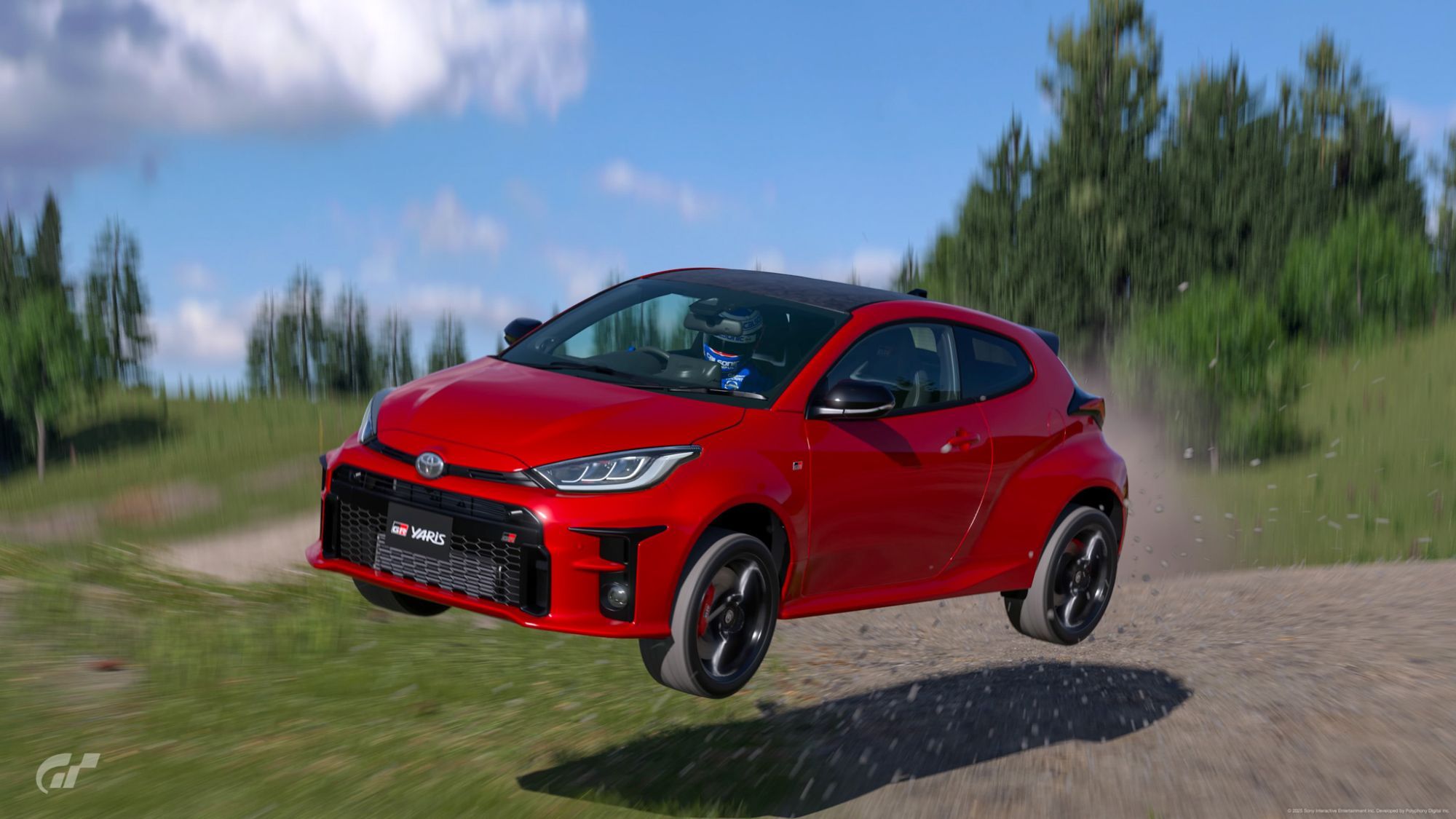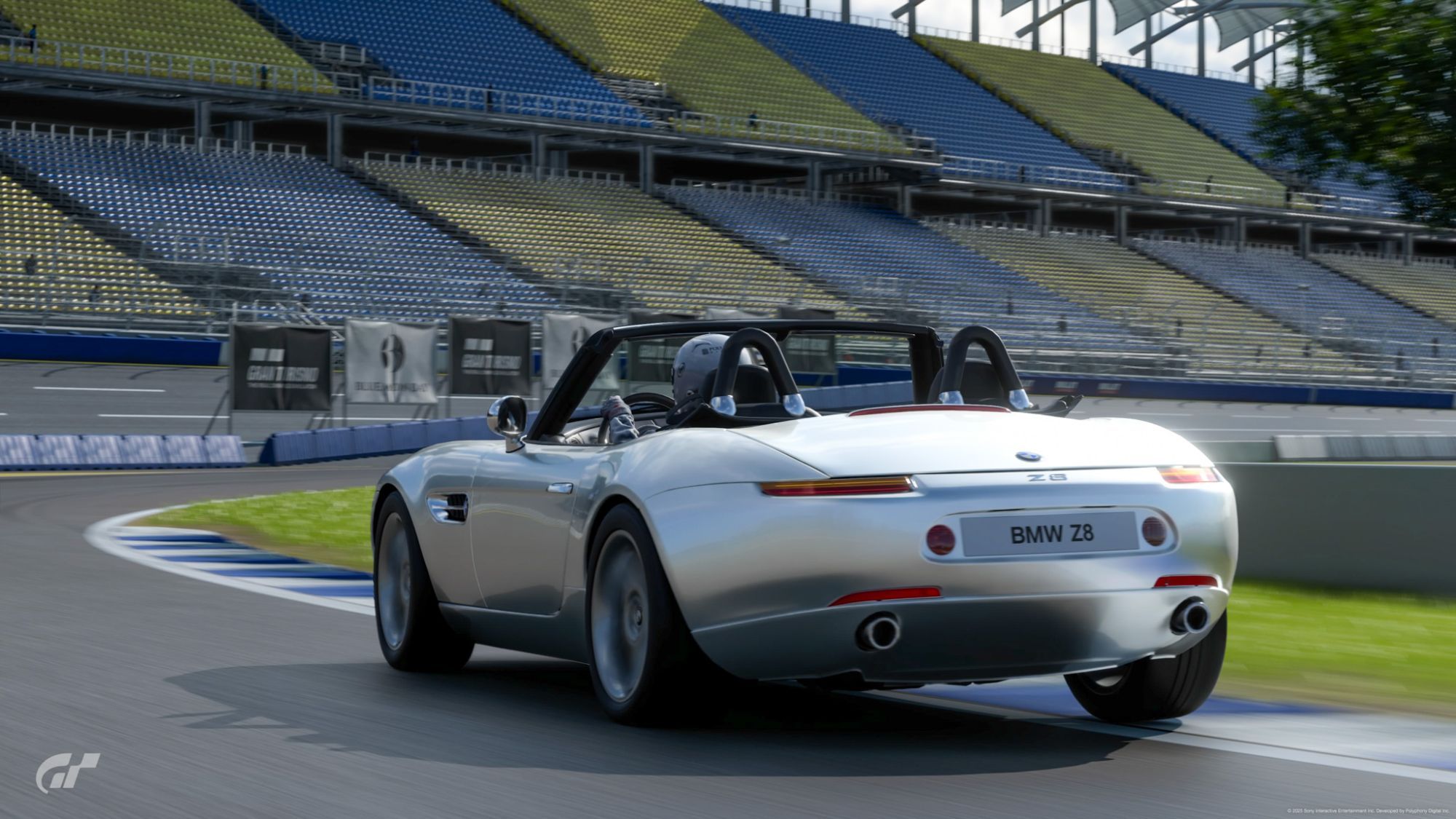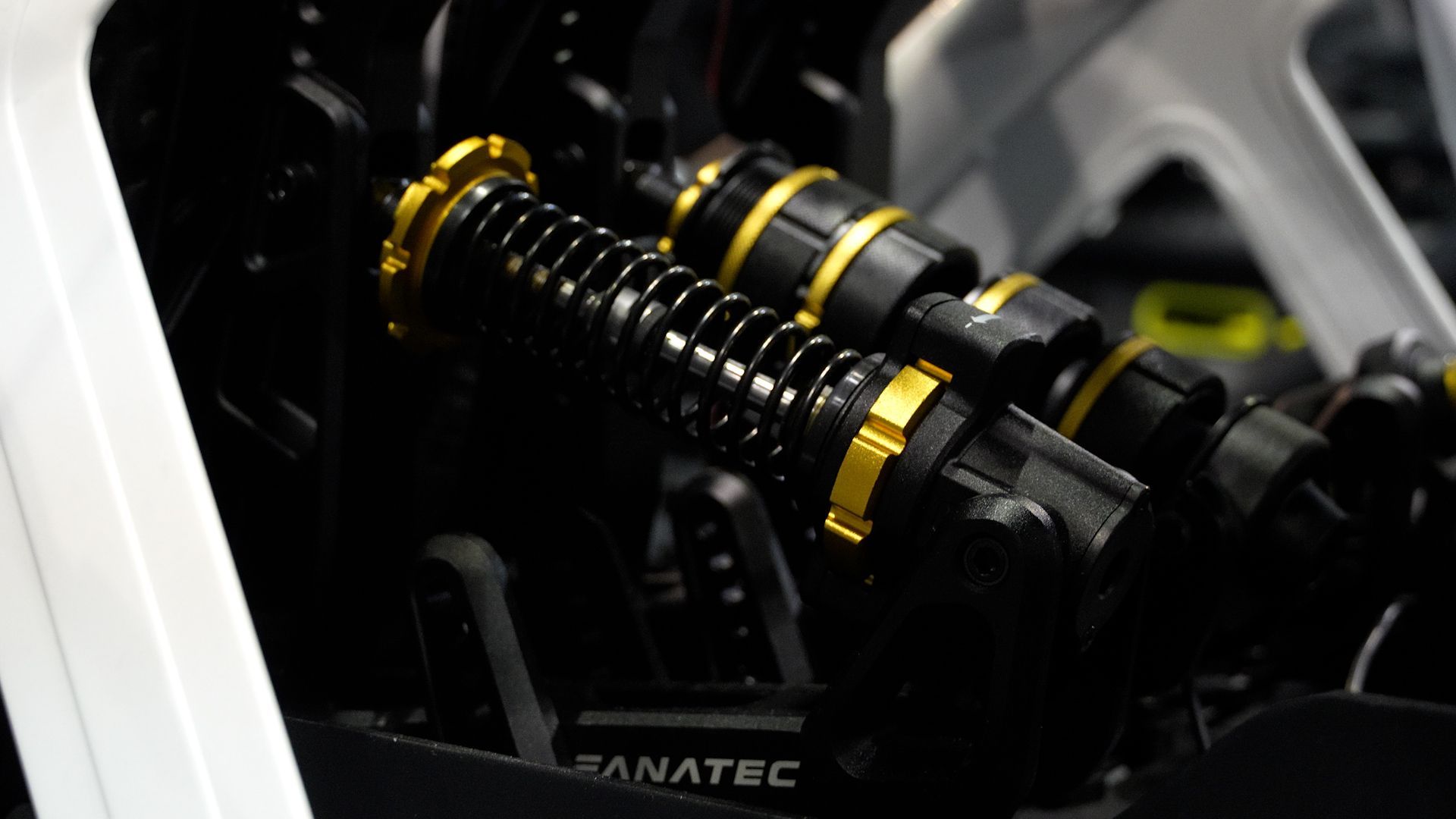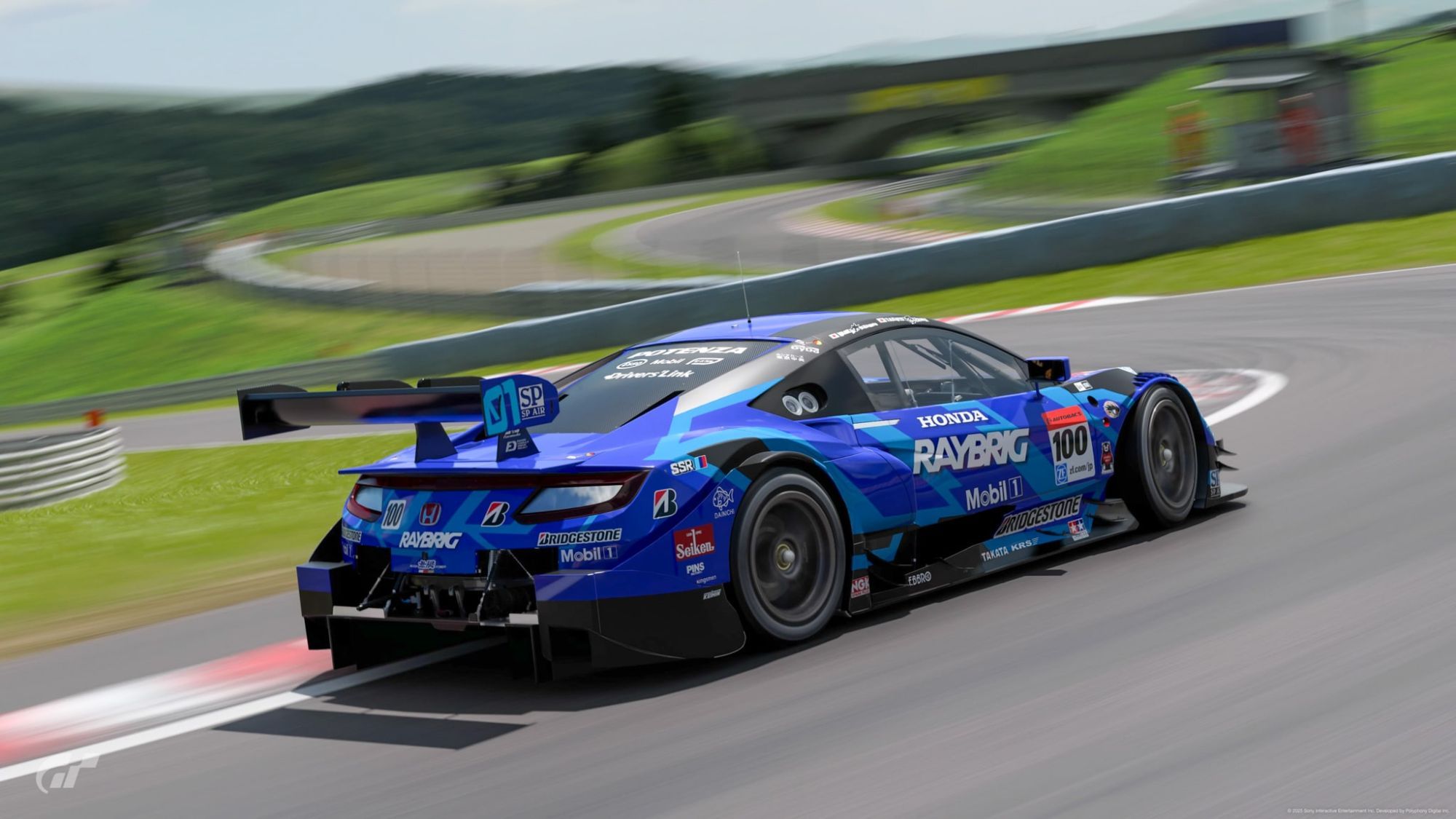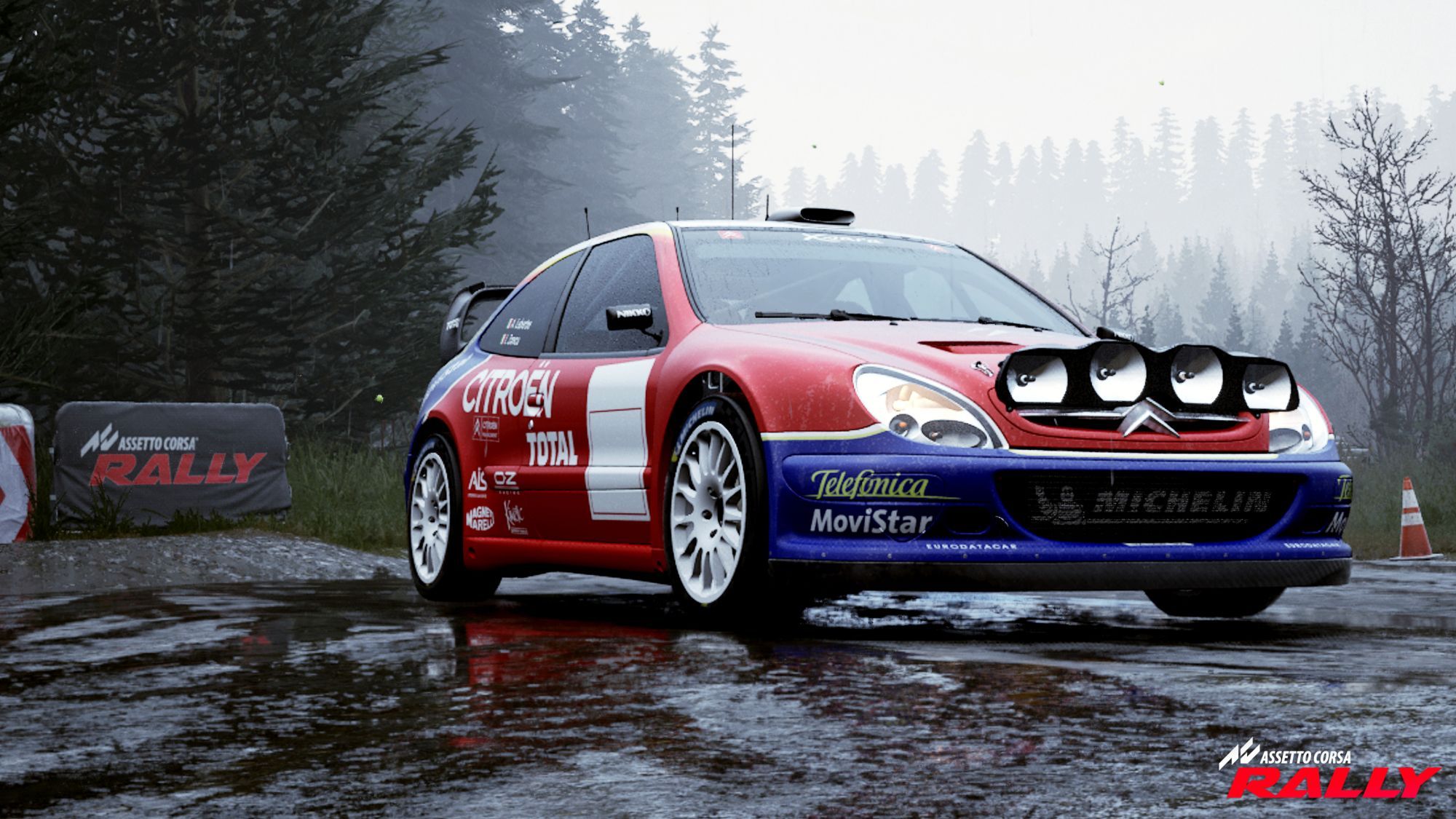
One of the critical concepts related to automotive engineering revolves around natural frequency in a vehicle. This article delves into natural frequency settings and elaborates on how these settings influence the performance of different types of vehicles using different tire options.
Natural Frequency
Natural frequency is very closely related to Spring weight. The force needed to cause a spring to start compressing. In GT7 terms, while the tuning option is called Natural frequency, in practical terms what you are doing is changing the weight (strength) of the springs in the suspension. Increasing the stiffness of the spring increases the natural frequency of the system; Increasing the mass reduces the natural frequency of the system and vice versa. In GT7 we never add or remove ballast to a BoP’d race car. Therefore, all we ever do is change the natural frequency of the system by altering the spring weight.
Front vs. Rear Natural Frequency
In general, in setting the vehicle, a rule of thumb exists for placing softer front natural frequency compared to the rear in most applications. It guarantees improved rotation along with stability and predictability of the car. But there are exceptions when trying to optimise rear mechanical grip, or correcting entry oversteer (usually in MR cars) where a softer rear natural frequency might be more effective.
Impact of Frequency Settings
Front MIN / Rear MIN: This set up will provide a stable platform, sacrificing some rotation in favour of rear wheel traction on corner exit. This set up is useful in cars that rotate well but which can be snappy on throttle. Front MIN / Rear MAX: This is a maximum rotation set up in all phases of a corner. However, it can cause oversteer or imbalance if set up is too aggressive. Useful in cars that are stable on throttle. Front MAX / Rear MIN: This set up can be used to correct oversteer, but should not be used in practical terms. It is better to use ARBs and Damper setting to prevent oversteer, as running high front frequency will reduce rotation too much. Front MAX / Rear MAX: On paper high rear frequency will provide good entry / exit rotation, while high front will provide good exit traction. But this set up will create a stiff ride where it may be difficult to take advantage of weight shift. Suitable for stable platforms only.
Recommended Drivetrain-Specific Natural Frequency Settings for Racing Tyres
Different drivetrains are adjusted based on recommended natural frequency settings for best results: FR (Front engine rear wheel drive) Minimum front. Rear can be minimum, or 20-40% depending if rotation or traction is desired. MR (Mid engine, rear wheel drive) Minimum front, minimum rear to prevent entry oversteer. Raise rear only if car is stable on entry. FF (Front-Wheel Drive): Minimum front with 50-60% rear for maximum rotation. 4WD (Four-Wheel Drive): Similar to FF, minimum front with 50-60% rear for maximum rotation.
Conclusion
Natural frequency settings are considered to be one of the significant components that influence vehicle dynamics and, subsequently, the handling characteristic. The correct front and rear frequency balance in conjunction with the use of proper tire choice and fine-tuning based on the concept of the layout of the drivetrain will significantly enhance the capabilities of a vehicle in terms of performance. This meticulous process of adjustment in vehicle setup is not just about the pursuit of speed but about the mastery of the art of vehicle dynamics for optimal performance and safety. Change one parameter at a time and test how it effects vehicle handling. Read more about tuning in the following articles: Anti-Roll Bars and Damper Ratios.



